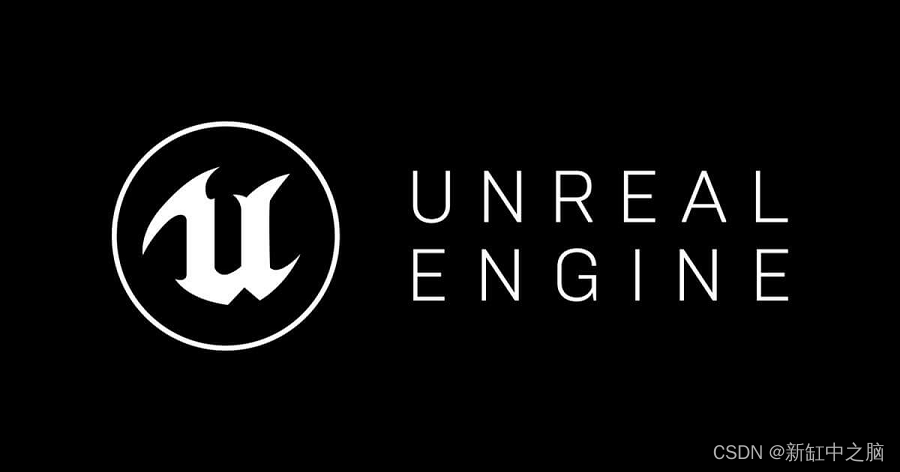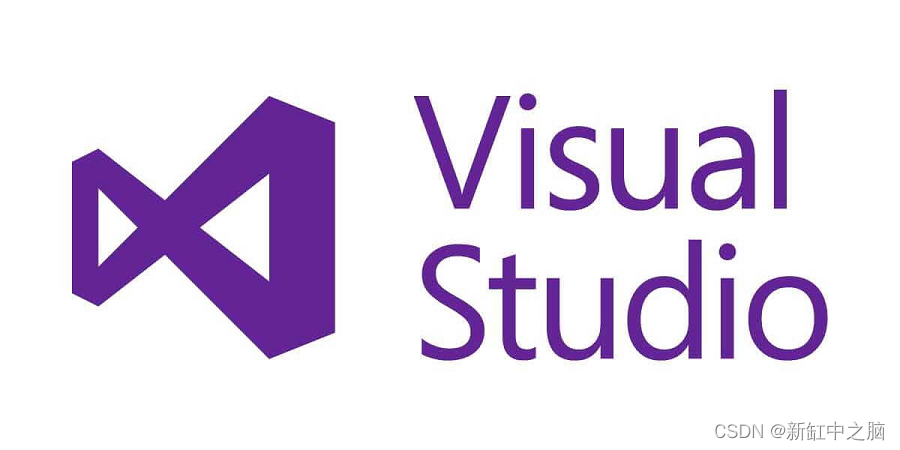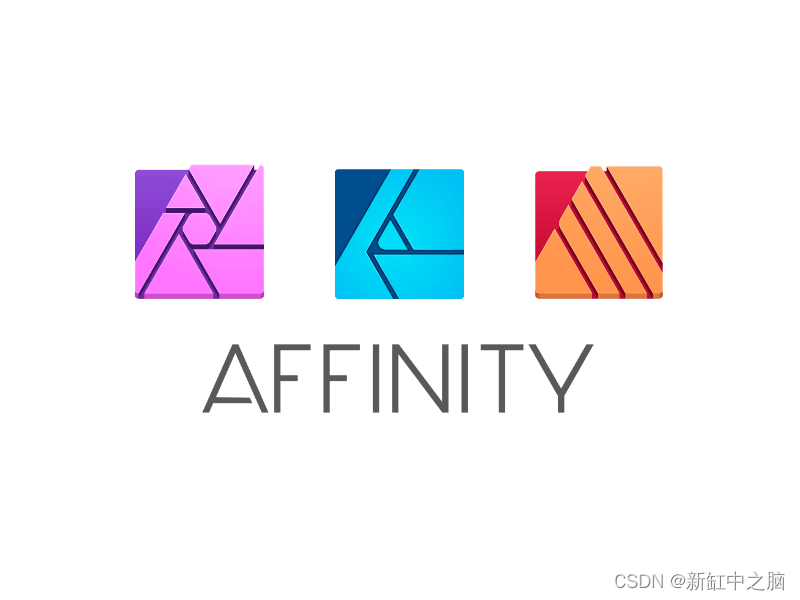As a solo game developer, you need to be a generalist. If you want to avoid outsourcing to contractors, you'll need to wear several hats and be proficient in art, programming, game design, music composition, marketing, etc., depending on the game you're making.
Learning all of this takes time and practice, but it also takes money. Most game development tools are expensive and take a long time to learn and practice.

Recommendation: Use NSDT editor to quickly build programmable 3D scenes.
But for most indie game developers, the budget is tight, and you can't afford all the license and subscription fees for all the expensive software tools that big studios often use.
I was in this situation when I started game development (and still am). I was a student then, with no money and no skills.
Thankfully, there are tons of game development tools out there that are free, or at least very cheap, and come close, if not as good, as expensive flagship software.
Thanks to special offers for small indie studios (Zbrush has some special bundles for individuals, like this one), some advanced tools are getting easier to use.
In this blog post, I list some of the tools I used and still use while developing Lumnis, my upcoming action-adventure Metroidvania game.
This selection is specifically aimed at 3D game developers, since that's the type of game I make, but no matter what type of game you want to make, some of the tools listed are useful.
let's start!
1. Game engine: Unreal Engine 5

As far as I know, most independent or small studios often choose Unity as their game engine.
It's often assumed that Unreal Engine is better suited for medium to large AAA studios, but that's far from the truth. There are tons of independent or small studios using this engine, and Epic is working hard to support independent developers.
Thanks to Blueprint, the visual scripting language introduced in Unreal Engine 4, it's very easy to use, and it can do most of what you can do in C++ without too much of a performance hit.
Unreal Engine is a battle-tested game engine used by game development studios of all sizes, and Epic leverages years of game publishing experience to deliver a ton of useful features — along with Unreal Engine 5 and cool features like Nanite, Lumon, and more. Feature releases, even more so.
The choice of engine depends more on the type of game you want to make and the skills you have. Unreal Engine is more suitable for first person shooter or third person type games. Of course, you can do whatever you want with it, but sometimes you may need to struggle with the engine and its opinionated architecture, which, as far as I know, is less accurate with Unity or Godot.
On top of that, Epic designed their pricing model with indies and small indies in mind, only taking a 5% royalty if the game grossed over $1 million, and if so, most indies would Willing to pay.
2. 3D art: Blender

Blender is truly a gift from God to all indie game developers. I can't believe such high quality software is free. It has long been seen as more of a hobbyist's software, and an alternative to industry favorites like 3DS Max or Maya. But lately (since version 2.8), Blender has really caught up and most of the available features are now on par with 3DS Max or Maya.
Blender has a bit of a steep learning curve, but once you get over it and understand its philosophy, using Blender is great and enjoyable.
I've used it to create all 3D assets and animations for Lumnis and it has never let me down so far.
You can use it for modeling, sculpting, 3D and 2D animated texturing, cinematic rendering, and more.
The only downside I've come across so far is that it's good at everything, but not as good as dedicated software for every use case. For example, the Substance suite has more advanced texturing capabilities, Zbrush is better at sculpting, etc. But Blender is good enough for most situations.
If you have prepared the 3D model at hand and just need to convert it into the format required by the game engine, you can directly use 3DConvert, an online 3D format conversion tool .
3. Programming & IDE: Visual Studio

Visual Studio is the IDE of choice for C++ programming with Unreal Engine. The Community Edition is free and includes most of the useful features needed to develop games with Unreal Engine: syntax highlighting, IntelliSense, stepping through, go to definition, and more.
However, most Unreal Engine C++ programmers recommend using Visual Studio with Visual Assist. It recognizes most macros and features of Unreal Engine source code and replaces Intellisense which can be slow and difficult to understand some parts of Unreal Engine code.
Rider has taken game programmers by storm recently, and as far as I can tell, it's taken for granted. However, it requires an annual subscription fee.
Visual Studio is still the IDE of choice for Unreal Engine, but probably not for long. I continue to use it now because it gets the job done and it's free.
4. Image editor: Affinity Suite

Affinity Kit is a great alternative to Photoshop.
The main advantage of the Affinity suite over Photoshop is its pricing, which is a one-time purchase of $85, while Adobe Photoshop requires a subscription, which costs at least $20 per month.
Affinity photo is more aimed at image and photo editing at its core, but it can be used for any raster image editing.
Affinity Designer targets vector graphics, primarily for UI design, logos, and marketing assets.
However, Photoshop is still the software of choice for image editing, and most game development tutorials, resources, and studios use Photoshop.
The affinity for some specific game development workflows is still behind compared to Photoshop (such as texture packing with RGB channels). It also lacks some of the gadget features that make your workflow faster, sometimes requiring more work and fiddling with the UI to get the job done.
But given the pricing model, I would always go with Affinity if money is an issue for you, or if you don't like a subscription-based model.
5. Audio processing: Reaper

I find that Reaper is to the DAW (Digital Audio Workstation) world what Blender is to the 3D art tool world. It's cheap but powerful software with a steep learning curve because it does things its own way. But once tamed, it works wonders.
I use it for all my sound design related work at Lumnis as well as for music creation.
There are a lot of resources online, mainly reaper forums and the REAPER Mania youtube channel, which are a gold mine for any reaper user.
Like Blender or Affinity, it's not the DAW of choice for professionals, but I see a lot of composers and sound designers currently working in the games industry using Reaper.
Its main downside, in my opinion, is user experience. As I said, it has its own way of doing things compared to other DAWs, so it takes quite a while to get the hang of it.
Reaper comes with out-of-the-box plug-ins for common effects like reverb, EQ or compressor, but you can use any external plug-ins or VST you own.
As with all the software tools described in this article, Reaper's main strength is its pricing model, as it's a one-time purchase of $60 if your gross annual income is under $20,000, and $225 otherwise. Regardless, it's very cheap compared to other DAWs that use a subscription model.
6. Conclusion
Becoming an indie game developer has never been easier or cheaper. With time and practice, you can now start making your own games that can even rival those made by bigger studios. The latest example is We Who Are About To Die, a game developed solely by Jordy Lakiere that is doing very well on Steam.
Original link: Tool stack for independent game developers - BimAnt